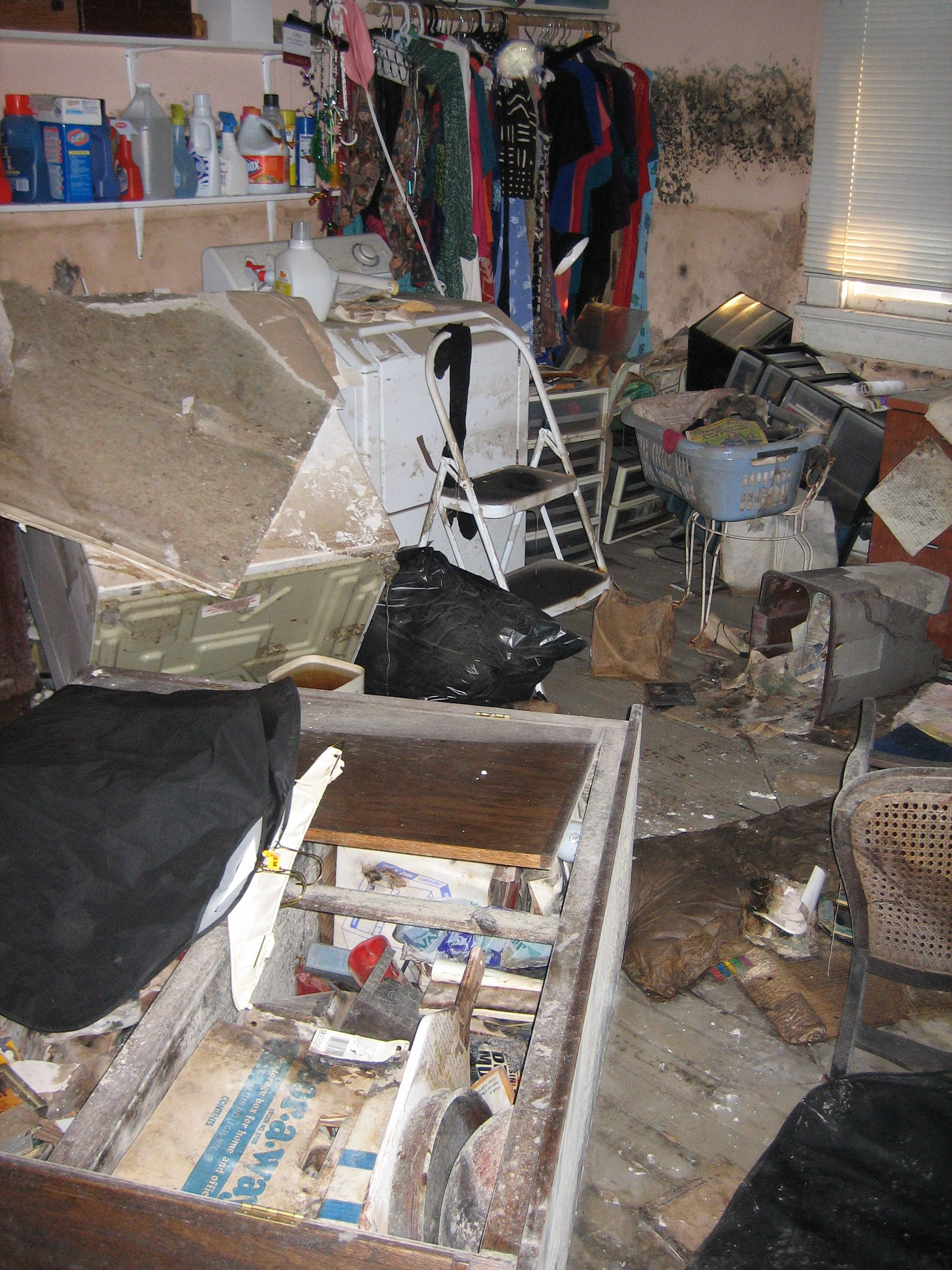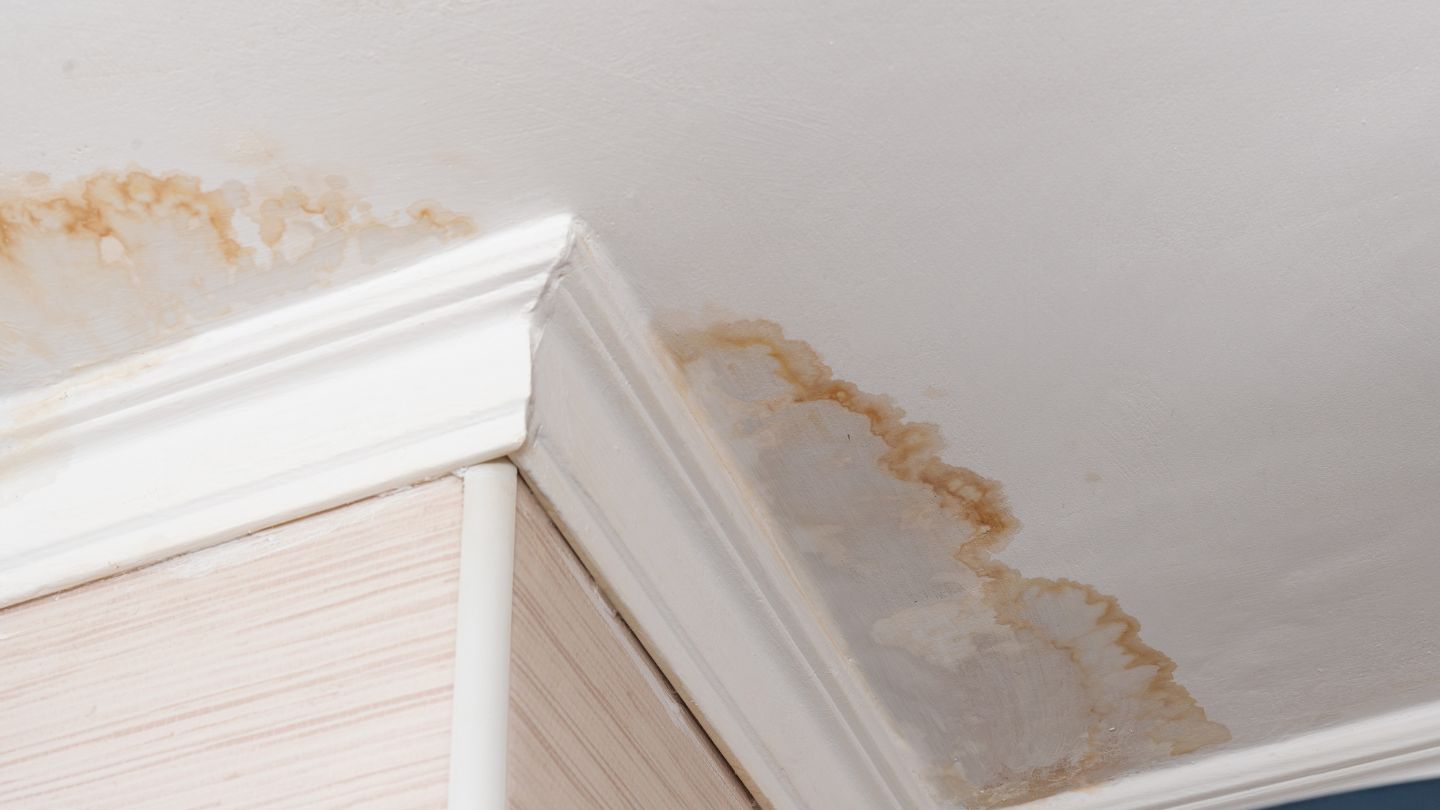Experienced Water Mitigation Company Offering Comprehensive Water Damage Solutions
The Refine of Water Damage Clean-up: Guaranteeing Your Home Is Brought Back Effectively
Water damages can be an overwhelming challenge for house owners, necessitating a careful and structured clean-up procedure to bring back safety and security and functionality. A detailed analysis is crucial to determine the level of the damage and determine the suitable removal actions. Following this, effective water removal techniques play an essential duty in minimizing further harm. Nonetheless, the subtleties of drying out, disinfecting, and ultimate restoration are equally vital and usually forgotten. Understanding these stages can make a considerable distinction in the result of your home's repair, triggering a closer check out what each step entails.
Evaluating the Damages
Upon uncovering water damage, the very first step is to completely evaluate the level of the effect. This first examination is vital, as it helps identify the essential actions for reliable clean-up and remediation. Begin by inspecting the influenced areas, consisting of wall surfaces, ceilings, floors, and individual belongings, to determine the source of the water breach, whether from flooding, leaks, or condensation.
Recording the damages is crucial for both insurance policy claims and preparing remediation efforts - damage restoration services. Use pictures and written notes to catch the severity of the damage, keeping in mind any type of affected structural components and materials. Pay special attention to locations that may not be immediately visible, such as behind walls and under carpetings, as concealed wetness can bring about further difficulties, including mold and mildew growth
In addition, assess the timeline of the water exposure. Eventually, a thorough analysis lays the foundation for an effective water damages cleanup process, guaranteeing that all impacted locations are attended to effectively and thoroughly.
Water Extraction Techniques

Experts usually use submersible pumps for larger volumes of water, which can promptly alleviate flooding in basements or other affected areas. For smaller quantities, wet/dry vacuum cleaners are frequently used to extract residual wetness from carpets and hard surfaces. Furthermore, making use of portable extractors enables targeted removal in constrained rooms or locations with fragile materials.
In circumstances of contaminated water, such as sewage or floodwater, progressed removal methods might involve using biohazard devices to make certain security and conformity with wellness policies. High-powered removal devices are critical in reducing water retention in architectural products, which can bring about mold and mildew development and structural damage otherwise dealt with immediately.
Ultimately, the efficiency of water extraction techniques plays an essential role in the total success of the water damages clean-up procedure, laying the foundation for succeeding repair efforts.
Drying and Dehumidification
When standing water has actually been properly removed, the following critical stage in the water damages cleaning procedure is drying out and dehumidification. This action is necessary to protect against additional damages and mold and mildew growth, which can occur within 24 to two days in wet settings.
To attain reliable drying out, specialized tools such as industrial-grade air movers and dehumidifiers is used. Air moving companies circulate air throughout damp surfaces, improving dissipation rates, while dehumidifiers minimize moisture degrees airborne, advertising a favorable atmosphere for drying. The combination of these tools makes sure that dampness is drawn out from floorings, walls, and furnishings, allowing them to completely dry completely.
It is essential to keep an eye on the drying procedure closely. Professionals usually utilize dampness meters to assess the moisture web content in various materials, making sure that all impacted areas get to appropriate dry skin levels. This precise method helps to protect against hidden wetness pockets that could cause structural damage or unhealthy mold and mildew growth.

Cleansing and Sanitizing
After the drying out and dehumidification stage is complete, the next important step in water damages clean-up is cleaning and sanitizing the affected locations. This process is crucial to protect against the development of mold and mildew, germs, and other pathogens that prosper in damp atmospheres.
The cleaning stage usually involves getting rid of any type of debris, dust, and pollutants from surface areas utilizing specialized cleaning agents. For tough surfaces, a mix of soap and water or commercial cleansing items is frequently used. Soft materials, such as furniture and carpetings, may call for much more comprehensive cleansing methods, including heavy steam cleansing or deep extraction strategies, to ensure detailed sanitation.

Disinfecting follows cleaning, making use of EPA-approved anti-bacterials to remove damaging microbes. This action is important, especially in locations that may have entered into call with floodwaters or sewer, as these see it here sources can position serious wellness threats.
Additionally, it is essential to attend to any type of remaining smells, which might need using smell neutralizers or innovative methods like ozone therapy. Correct cleansing and disinfecting not just bring back the safety and security and hygiene of your home but also prepared for successful reconstruction and repairs in subsequent stages of the water damages cleaning process.
Reconstruction and Fixings

Once the analysis is total, remediation initiatives can start. This typically involves repairing or replacing broken products, making sure that all work complies with neighborhood building regulations and requirements. If drywall has been endangered, it will require to be eliminated and replaced with brand-new material. In addition, flooring might need similar focus, depending upon the degree of water exposure.
It is crucial to involve knowledgeable reconstruction experts throughout this procedure, as they possess the know-how to deal with intricate repairs efficiently. In addition, they can help mitigate possible future concerns, such as mold growth or structural instability, hence making certain a habitable and safe living environment. Ultimately, effective repair and repair work bring back the home's honesty and boost its general Clicking Here value.
Conclusion
To conclude, the process of water damages cleanup is important for recovering a home to its pre-damage problem. Each stage, from assessing the damage to implementing effective water extraction techniques, followed by detailed drying, sterilizing, and needed repair services, plays an essential duty in making sure safety and security and conformity with structure requirements. Efficient execution of these steps not only mitigates prompt damages yet likewise improves the long-lasting stability and value of the residential property.
Water damage can be a challenging obstacle for house owners, necessitating a structured and thorough clean-up procedure to bring back safety and security and performance. Ultimately, a thorough evaluation lays the foundation for a successful water damages cleanup procedure, guaranteeing that all impacted locations are dealt with properly and thoroughly.
Effective water extraction methods are essential in alleviating damages and avoiding further issues adhering to a water intrusion event.In verdict, the process of water damages cleaning is crucial for bring back a home to its pre-damage problem. Each phase, from evaluating the damages to implementing efficient water removal strategies, followed by comprehensive drying, sterilizing, and necessary repair services, plays a necessary function in guaranteeing security and conformity with structure criteria.